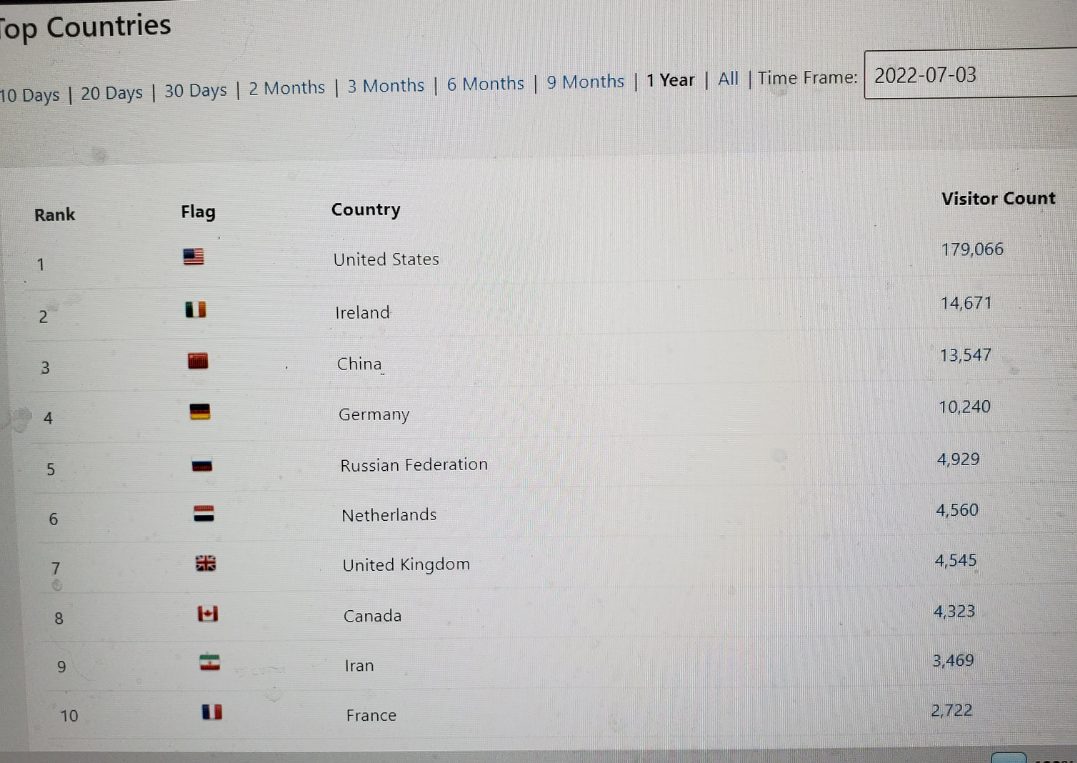Hits: 0
WPCNR THE HOMELESS NEWS. By Geoffrey Ruff. © 2006, The White Plains CitizeNetReporter. All rights reserved. January 27, 2006: Geoffrey Ruff, nightly client of the 85 Court Street Homeless Drop-In Shelter in White Plains, continues Part III of his report on what happens to single homeless men who choose to accept Department of Social Services “services” instead of staying in the Drop-In Shelter nightly.
This report was presented by Mr. Ruff to the Commissioner of the Department of Social Services of Westchester County in a meeting Monday, January 23. (See Parts I & II published previously). Herewith Mr. Ruff’s report, on a typical sequence a homeless person, choosing to cooperate and accept DSS services by participating in a DSS Placement program (readers should be aware, this program is not available unless a homeless person chooses to accept Department of Social Services “Services”):
Placement
Step III
At this step, the applicant’s status is deemed a resident. He is placed at a determined (Westchester County) Government-Funded Shelter, where within a week, if not less, he starts his “program.”
(More)
The “Program” will consist of 1 of 3, Drug Treatment Program, Mental Health Program, or Work Program. A Shelter Case Worker makes a treatment plan. A majority of the time the resident follows the determination of the Case Worker. If the resident must go to a Drug Treatment Program, it is usually the Drug Treatment Program Case Worker who determines when he will graduate from the facility.
Usually, the D.T. Case Worker says 6 to 9 months, but it is often longer due to lax monitoring, or if any of the requirements, i.e., urinalysis, are broken. But usually the stay is more like 12 months.
The same standards also apply to Mental Health, concentrating on his mental health needs.
When the resident is deemed “Employable,” he usually goes to the Vaughn Glanton Employment Residence. There he is made to work on 1 of 2 crews, that are contracted by the County, the Bronx River Parkway, or Grassland Department of Public Works. This (program) is called “Pride In Work.”
Here, the resident works, and on his off-time, he fills out “Job Contact Sheets,” and is given opportunities for vocational training, which usually, but not always is no use due to his Criminal Felony background.
Exit
Step IV
This process is the Major problem. This step is where the accumulation of numerous breakdowns within the process occur, and fail the resident, and Social Service.
Either the resident, within the course of these Steps, fails to comply with the standards for “whatever reasons” or DSS just isn’t aware of the current needs of the resident.
Some of these reasons could be justified, but the case workers don’t take into reason any Mitigating Factors. They just want to follow the rules. Unfortunately, for the resident, non-compliance will normally, after a few times, send him to the Drop-In Center (85 Court Street) for a minimum of 5 days as a form of punishment. If there are any more compliance problems (with his treatment program), the Resident is sanctioned for 45 days.
Some Residents usually just leave the process to live back on the streets. In the sanction process, all grant funds (benefits, food stamps, money), except for Medicaid, are disabled for the 45 days. This is where the Resident becomes again Homeless, and is once again in the Drop-In, or on the street only to start the process again.
(The Conclusion of Mr. Ruff’s report, (Proposal & Opinion) appears tomorrow in The CitizeNetReporter. The report was submitted to the Westchester County Commissioner of Social Services Monday, January 23 personally by Mr. Ruff who met with the Commissioner and a Westchester Housing Official to discuss conditions and Volunteers of America consumer attitudes at 85 Court Street.)

